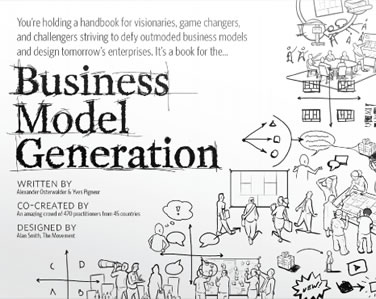
If you’re looking to start a new business or innovate your existing business, read Business Model Generation. The book creates a language to clearly articulate business models and shows how the language can be used to analyze and improve your own business strategy.
The authors assert that every business is comprised of 9 building blocks: customer segments (who you are targeting), value propositions (the problems your company solves), channels (how you communicate with your customers), customer relationships (the style of the communication), revenue streams (how you make money), key resources (what assets you need), key activities (what you must do), key partnerships (who you need to work with), and cost structure (the costs to run your business). With these building blocks (placed into a business model canvas) you can ensure your business model is clearly articulated, and can compare your model to other businesses (including your competition).
But simply classifying and comparing your business strategy components isn’t enough to help you innovate your business. You need to take some breakthrough actions. The authors showcase six different activities (that can be done solo, in small groups, or in a facilitated workshop format): customer insights (using an empathy map – to understand what your audience says, does, and feels), ideation (using the business model canvas and “what if” questions), visual thinking (using images to make ideas and processes tangible), prototyping (instead of talking about doing, do something small and learn from it), storytelling (create a memorable story to ground the “soul” of the business/idea), and scenarios (do actual walk-throughs of the business to debug the processes).
Think of this book more as a class than a casual read. It requires you to sit down and carefully consider the key parts of your business (no more “waving your hands”) to create a blueprint that boils your business down to the essentials. And with these essentials clearly articulated, you’ll have the tools to innovate your business process, pivot your business goals, and ensure you’re well poised against your competition.
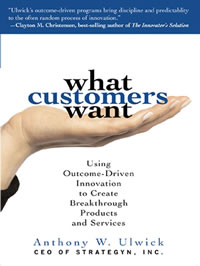
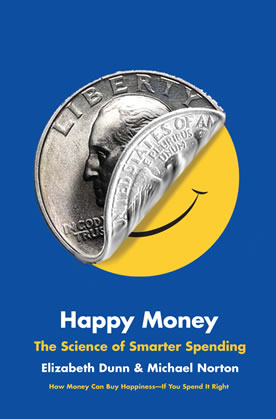
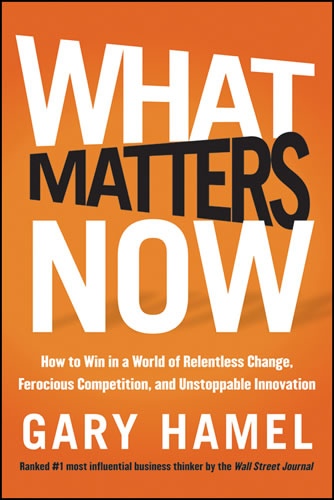
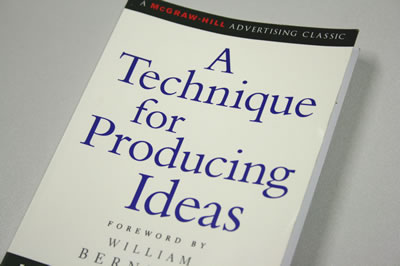

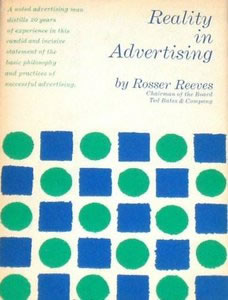
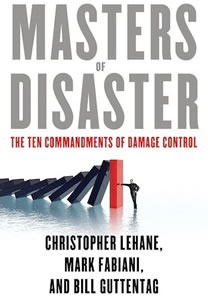
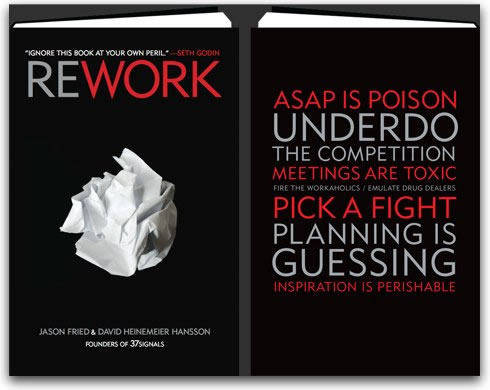

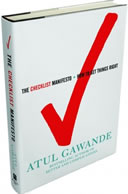 These points are drilled home in The Checklist Manifesto (by
These points are drilled home in The Checklist Manifesto (by